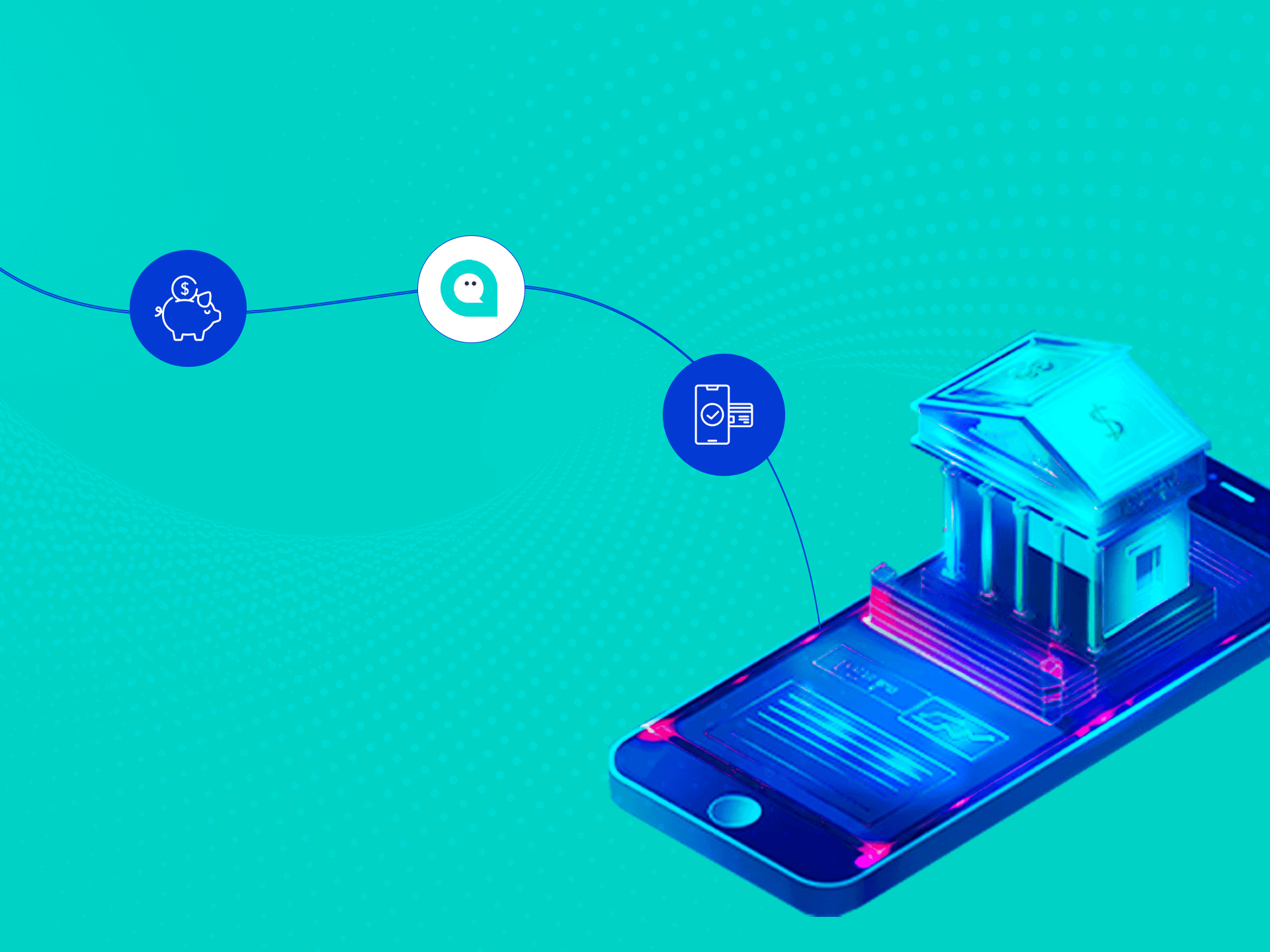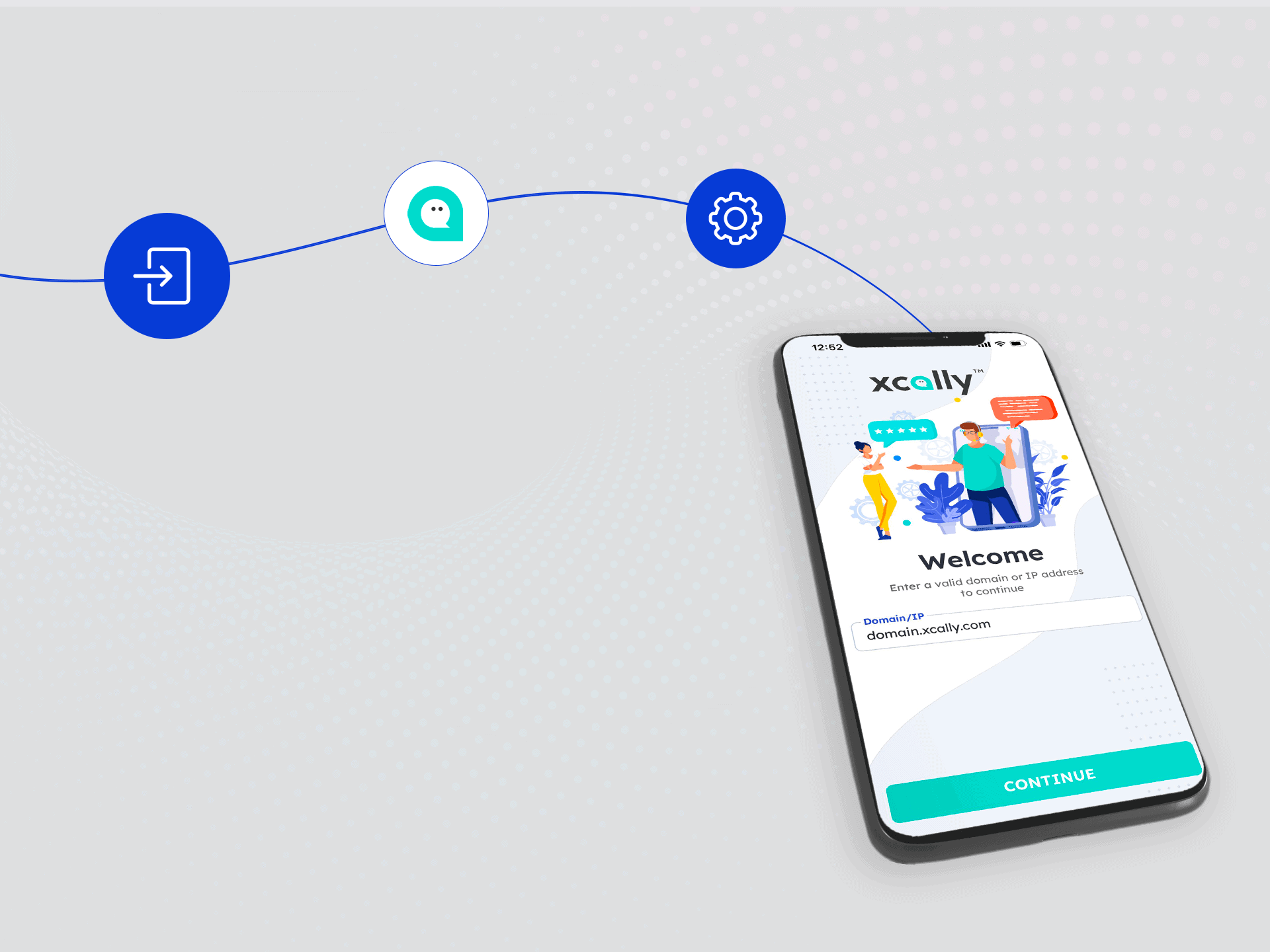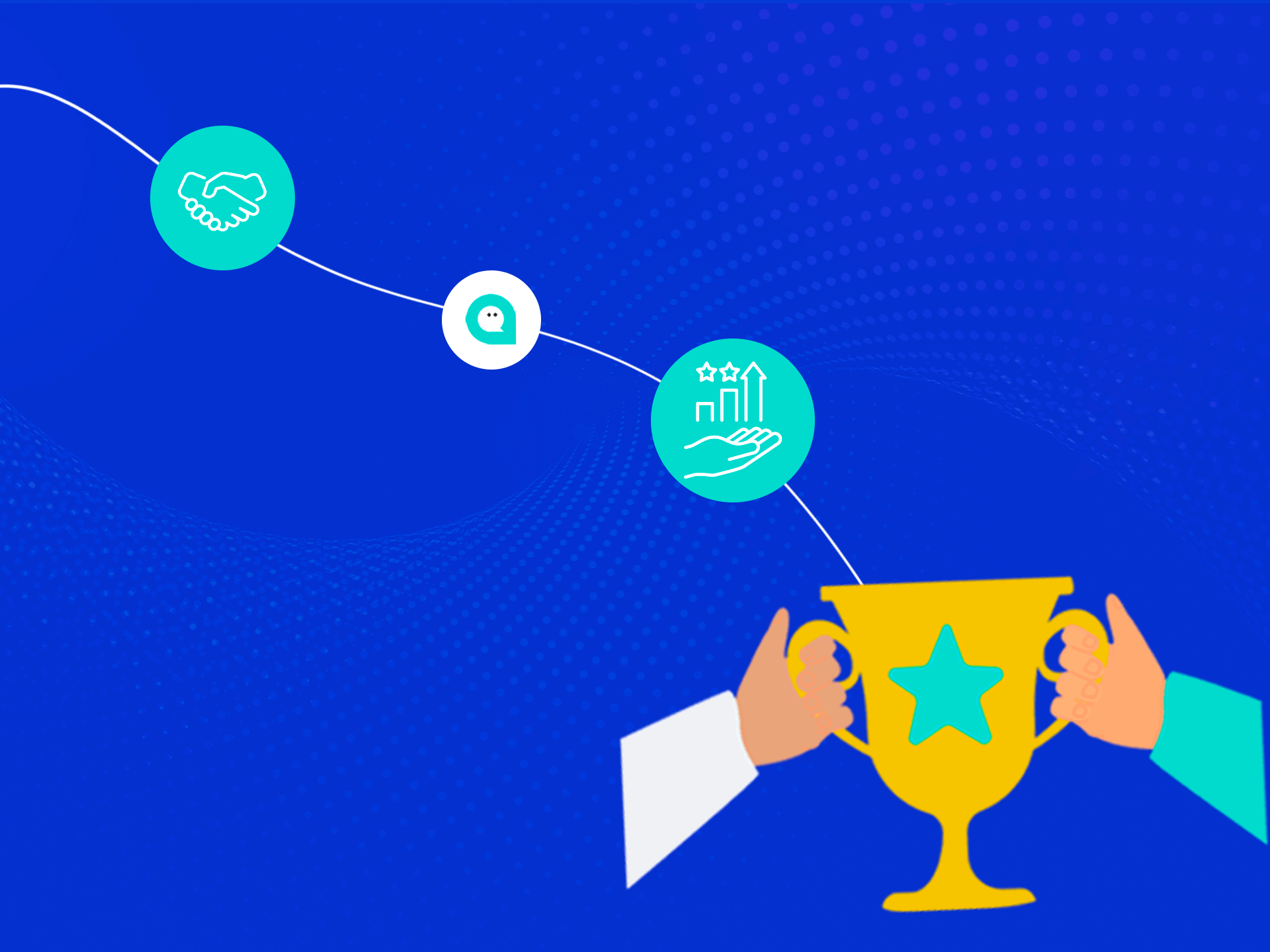Salesforce is one of the most widely used CRM platforms in the world, allowing you to manage and automate the sales, marketing and customer service process. Salesforce integration, allows a company's CRM to be connected to other applications, systems and communication channels in order to optimize data management and improve the customer experience.
Why integrate Salesforce
The integration of Salesforce with an omnichannel systembrings numerous benefits, both for the company and the customer. First, it enables a 360-degree view of the customer by collecting and analyzing data from different channels, such as email, social media, chat, telephone, websites and apps. This provides a personalized and consistent experience across all touch points, improving customer loyalty and satisfaction.
In addition, the integration of Salesforce with an omnichannel system makes it possible to automate many processes, such as service request management, marketing activity planning, and sales management. This reduces response time and increases operational efficiency, freeing up human resources for higher value-added activities.
The benefits of Salesforce integration
- 360-degree view of the customer: by integrating Salesforce with an omnichannel system, data from different channels can be collected and analyzed to get a complete and detailed view of the customer, their needs and behaviors.
- Personalization of the customer experience: by collecting data and analyzing it, a personalized customer experience can be offered on each communication channel, improving customer satisfaction and loyalty.
- Process automation: the integration of Salesforce with an omnichannel system enables the automation of many processes, such as service request management, marketing activity planning, and sales management.
- Reduced response time: through process automation, response time to customer inquiries can be reduced, improving customer experience and satisfaction.
- Increased operational efficiency: process automation frees up human resources for higher value-added activities, increasing the company's operational efficiency.

How to Integrate Salesforce
The integration of Salesforce with an omnichannel system can be achieved through different solutions, depending on the needs of the company and the communication channels used. In general, you can use an integration platform, or you can use the Salesforce API to connect the CRM to other applications..
More specifically, you can integrate Salesforce into an omnichannel environment:
- Using the Salesforce Service Cloud to manage customer interactions across all channels such as email, chat, social media, etc. Service Cloud is natively integrated with Salesforce and provides a full view of user interactions.
- Installing theSalesforce App to integrate Salesforce data with messaging applications such as WhatsApp or Facebook Messenger. This allows agents to access customer information directly during conversations.
- Using integration tools such as Mulesoft or Zapier to connect Salesforce with external live chat applications, call center software, etc. For example, triggers can be set up to automatically update records in Salesforce when interactions occur on other channels.
- Leveraging Salesforce APIs to create custom integrations with other systems, such as sending notifications from a mobile app to the customer record in Salesforce.
- Installing AppExchange packages that add omnichannel capabilities to Salesforce, such as LiveAgent for live chat or Twilio for SMS/voice communications.
- Using Salesforce's Einstein Bot to create intelligent chatbots that can converse with customers and access Salesforce data to provide personalized responses.
The key is to choose the right integrations and tools based on the channels you want to support in order to provide a seamless omnichannel experience for customers.
XCALLY and Salesforce
The integration of Salesforce with the XCALLY omnichannel platform enables unified data and customer communications between the CRM and contact center. This makes it possible to provide a seamlessly integrated omnichannel service.
Intelligent workflows can then be set up, for example, to automatically create service cases (tickets) in Salesforce from an incoming call handled by XCALLY. The operator will view within the XCALLY console all customer details taken from Salesforce.
Finally, through priority and competency queues, incoming requests can be routed to the most appropriate Salesforce department. Reports generated by XCALLY can also be integrated with Salesforce to provide unified dashboards.
With this integration, every customer interaction provides valuable information for marketing, sales, and service activities. This results in a perfectly personalized and contextualized omnichannel service.




